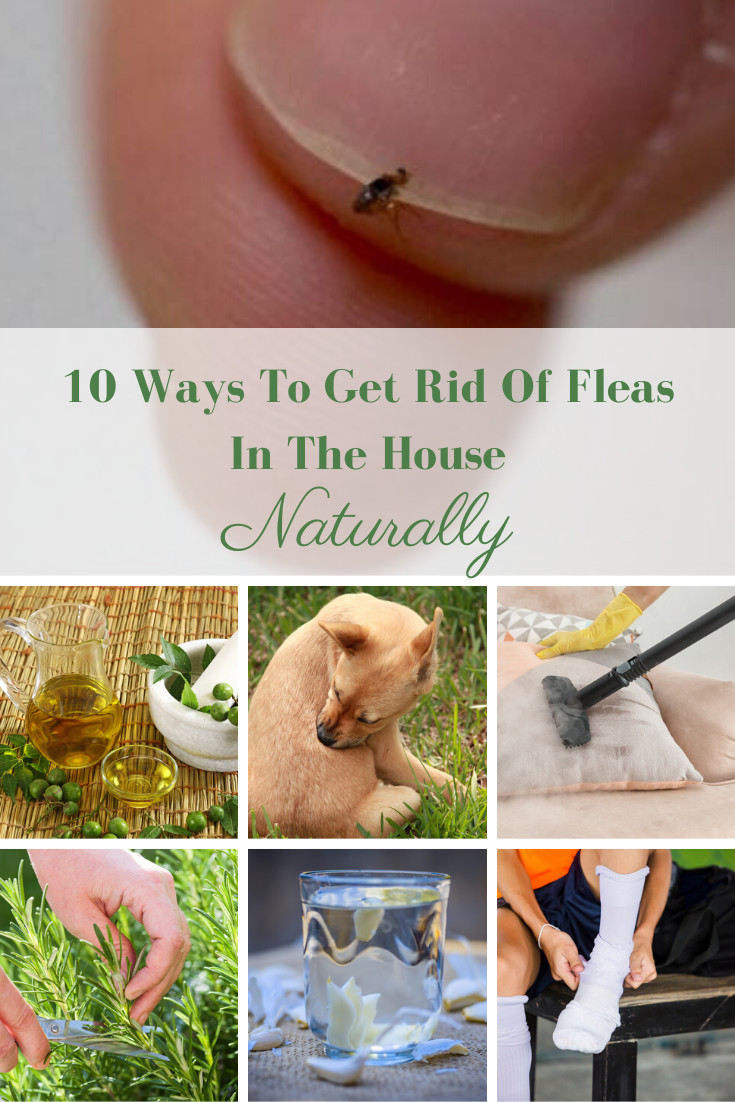
If you are like me and love animals, you are bound to have dealt with fleas before. Fleas are not only annoying for your pets but can also wreak havoc on your household, even to the point where you have an infestation on your hands.
Once fleas are on your dog or cat, they can easily hitch a ride inside where they set up camp and begin to multiply….. quickly.
What Are Fleas?
The Latin name for flea is ‘Order Siphonaptera’ and they are tiny, wingless insects with a reddish brown color.
Their bodies are very shiny and covered with tiny, compressed hairs – which allow them to easily move around in animal fur, often remaining undetected to the human eye.
The main goal of the flea is really to feed on blood for their survival, so if they get inside the home and if the animal is not there they will find another source of blood to feed on, human blood!
The Deadly Dangers of Fleas
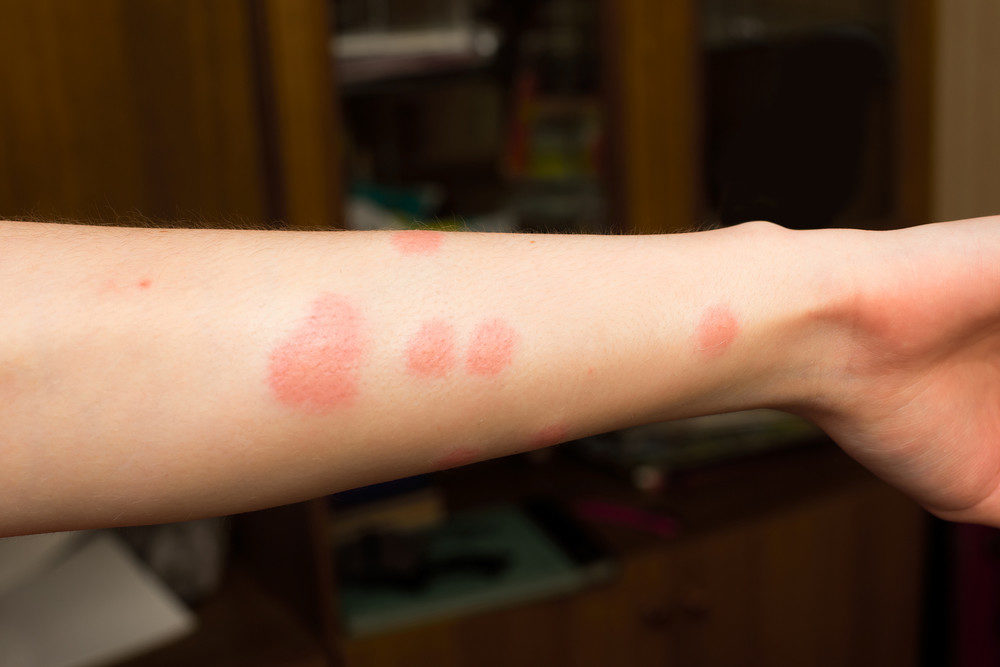
A recent report from CBS news reports that illnesses from flea bites (along with ticks and mosquitoes) have tripled in the past couple of years.
Fleas can cause an allergic reaction in humans; they also cause swelling of the skin and itchy red marks on the bitten area.
Flea saliva has been known to cause skin dermatitis in humans, appearing as an itchy rash on small patches of the skin.
However, fleas are dangerous, because they also carry several diseases.
Diseases Carried By Fleas
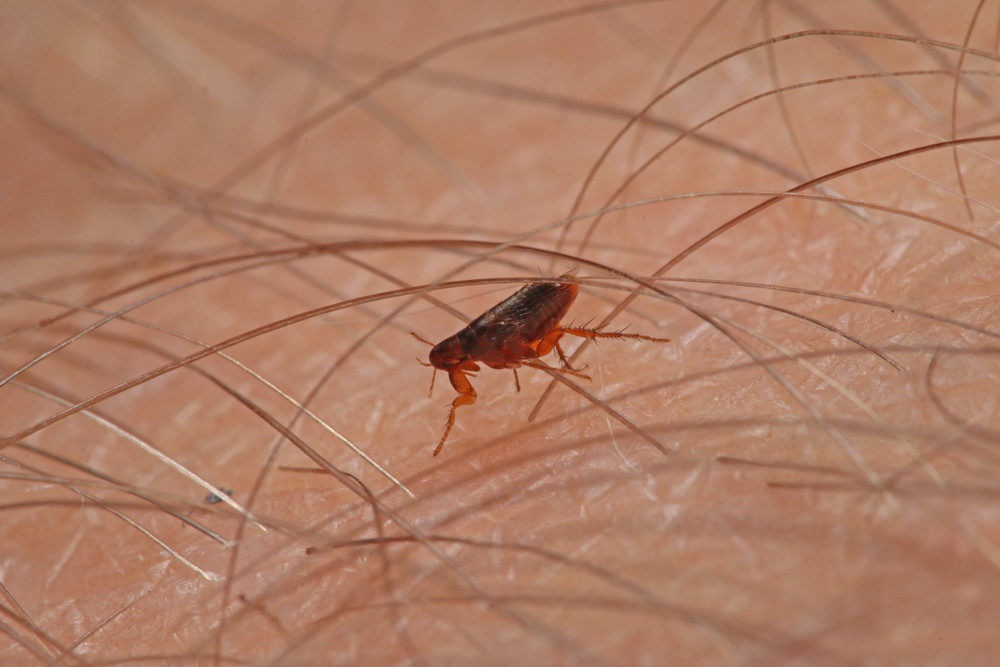
The Bubonic plague – The is the most popular disease that can be transmitted by fleas. Also called the ‘Black Death’ because during the 14th century it became a major epidemic in Europe, killing 25 million people or 60 percent of the European population.
The Bubonic Plague is actually carried by rodents, then transmitted to fleas that transmit the disease to animals and humans.
While this plague is not an epidemic today, there are still a few reported cases in the Southwestern United States each year.
Today the Bubonic Plague is successfully treated through the use of antibiotics.
However, the World Health Organization (WHO) reports that if left untreated it can be rapidly fatal.
Tularemia – This is known to occur in North America. It is not infectious, but can be a potentially serious disease if left untreated.
It is initiated by the Francisella tularensis bacterium, and much like the Bubonic Plague, carried by rodents then transferred to fleas after being bitten.
Once an infected flea bites an animal or human, they will become infected as well. Some of the most obvious symptoms of Tularemia are joint pain, diarrhea, chills, ongoing weakness and a sudden fever.
So if you have a flea infestation in your home and notice any of these symptoms seek medical attention immediately. It is treated with antibiotics.
Murine Typhus – While rare in North America, the southwestern states have a few reported cases each year. The disease is carried by rats that pass it on to fleas after being bitten.
These fleas can then bite your pets or you. Common symptoms include nausea, chills, weakness, headaches and high fever.
Tungiasis is another disease passed on by fleas but it is rare in North America.
It is important to note that fleas can also transmit tapeworms and other parasites to both humans and animals.
How To Identify A Flea Infestation In Your Home
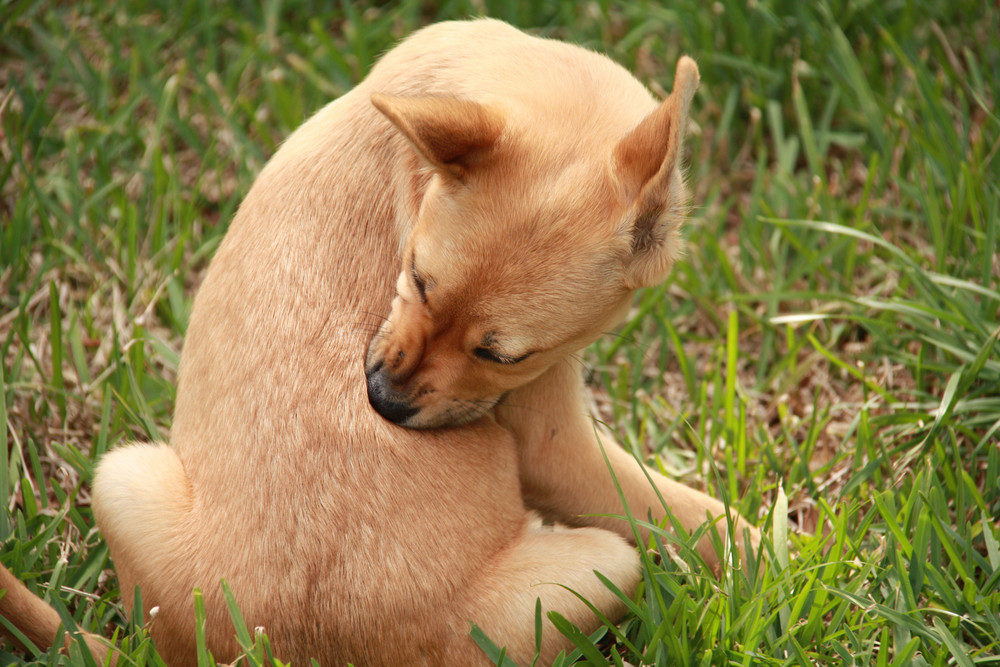
It’s easier to remedy a flea infestation during the early stages so the earlier you can spot an outbreak the better it will be. How to spot fleas:
- The most obvious signs of a flea infestation are little black specks you might see around the house. These look similar to ground black pepper and are actually the fecal matter of the fleas. If you see these on your rugs, carpet, pet bed, pet crates, or other places that your pets tend to lounge or sleep, chances are you have fleas.
- The constant scratching and grooming of your pets is another tell-tale sign, especially if they try to bite themselves. The fleas moving around in the animal fur can be extremely uncomfortable for the pet, causing them to constantly scratch at their fur as they try to remove the source of the discomfort.
- Hair loss and reddened skin on your animal is another indication of fleas. For cats, fleas often target their neck and heads while for dogs it’s their chest, lower back, and abdomen.
- Small bites on your skin might also be a sign of fleas, which means they might be hiding in your bed.
If you notice these signs and symptoms make sure to check all the spaces in your home where they could be lurking.
If your pets have free reign throughout your house, don’t leave any ‘stone unturned’ so to speak.
Cracks and grooves in the floor, underneath furniture; check everywhere so that when you try to get rid of the fleas, all the necessary areas are covered.
Finding The Source Of The Flea Infestation
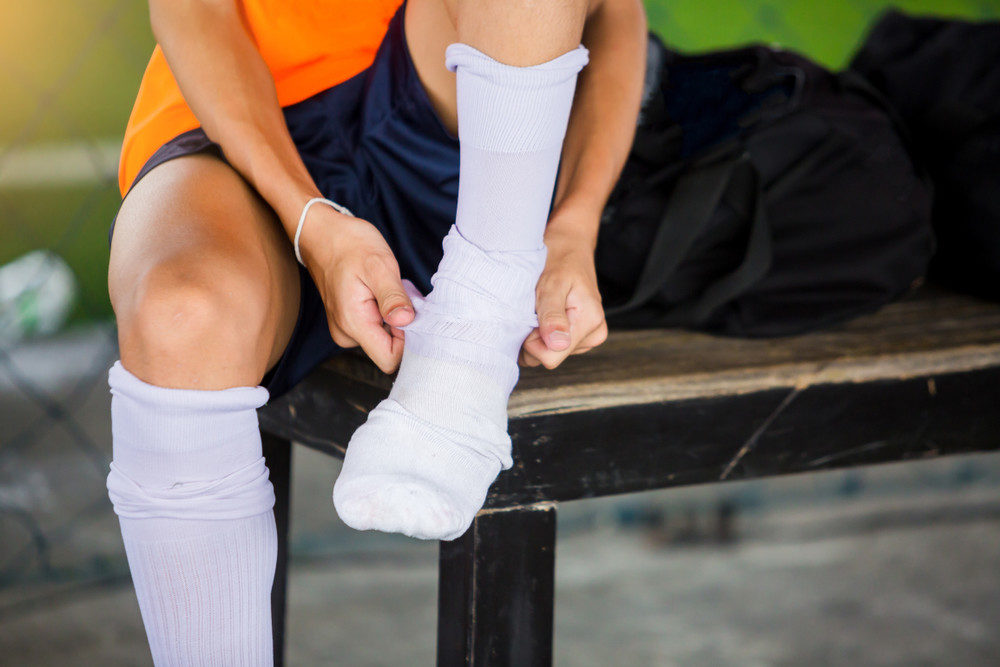
If you’ve figured out that you have fleas in your home, you must act immediately to remove them.
However, your very first step is to find the real source of the fleas somewhere in your yard. You must do this in order to prevent your pets, your home or yourself from becoming reinfested or reinfected.
These little insects often thrive in moist areas and places that are shady, leafy or bushy.
Check underneath porches and decks, around trees and bushes, and most importantly inspect all the outside spaces that your pet tends to frequent.
It might be hard for you to see these tiny little insects on the outside so here’s a little trick.
You’ll need to put on a pair of extra-long white socks and get a flashlight. Go to the suspected area/areas and shuffle your feet throughout the space.
Use the flashlight to shine on your socks and see if you notice these little black specks which will show up against the background of the white socks.
10 Ways To Get Rid Of Fleas Naturally
While there are lots of different ways to get rid of these pesky insects; I certainly don’t recommend them all. Exterminators often use toxic products and methods that will indeed kill the fleas but are not safe for pets.
Here are 10 non-toxic ways you can get rid of fleas using organic pesticides and natural products.
1. DIY Garlic Spray
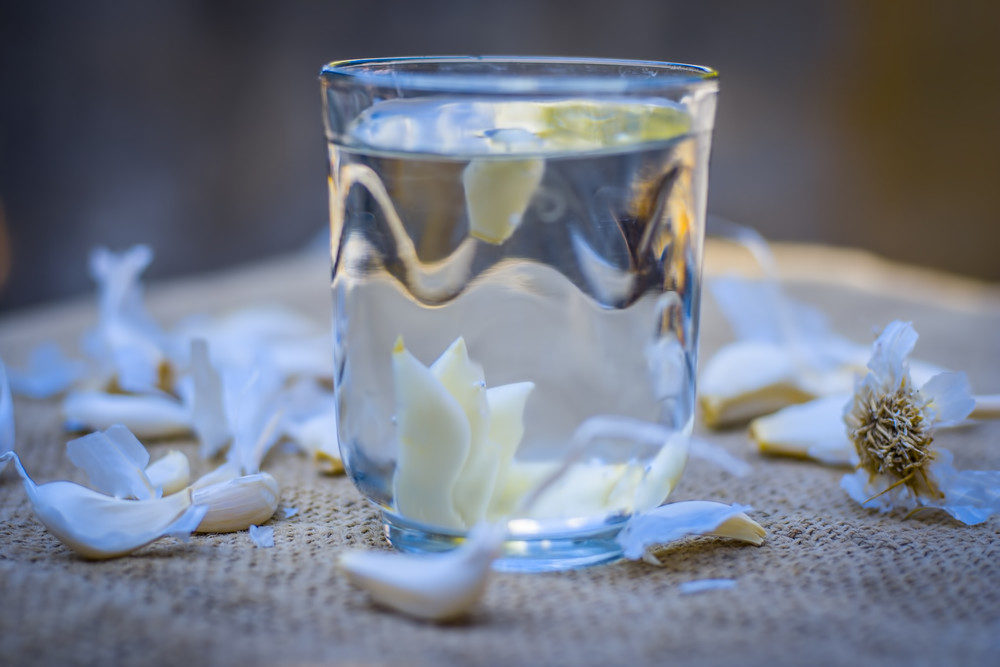
Garlic is a natural remedy for so many things, including killing fleas. Just crush a few cloves and mix with water, then let it sit for about 6 hours.
Next, add a spoonful of all natural liquid soap and then strain the mixture and pour in a spray bottle. This can be used if your flea infestation is on, or near your plants and vegetables.
2. Dishwashing Liquid
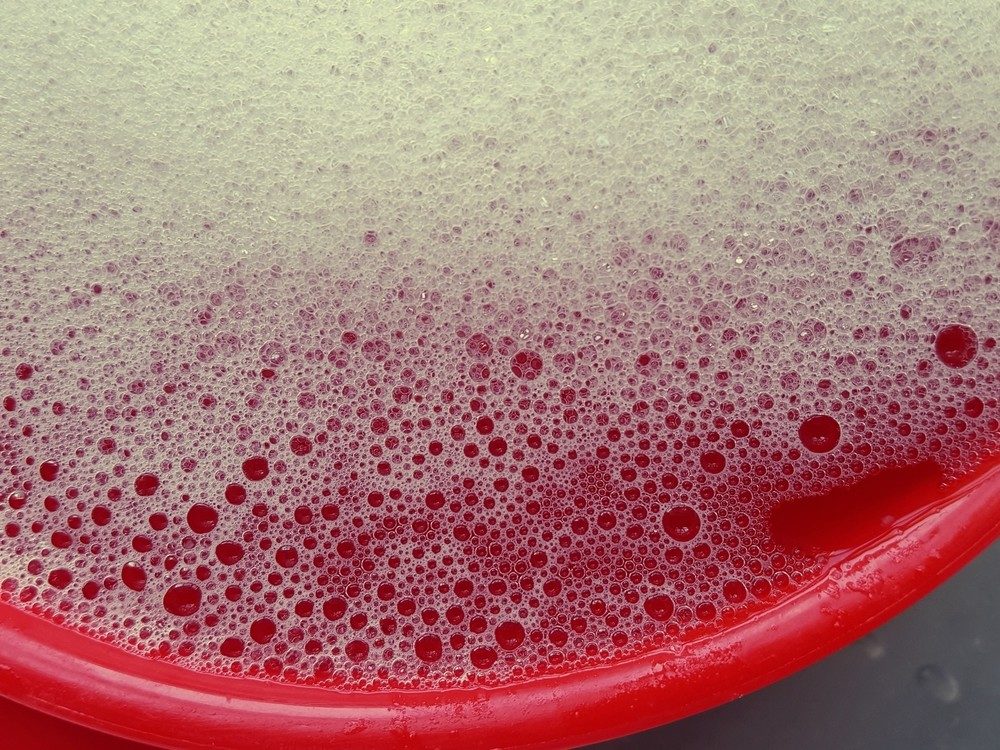
A mixture of dishwashing liquid and warm water can be an effective flea killer.
Put the mixture in a bowl and place close to the area where the fleas have been detected, then place a lamp close to the bowl so that the light is shining on the mixture.
The fleas are attracted to bright lights and once they jump into the water the soap will eventually kill them.
Put the mixture in a bowl and place close to the area where the fleas have been detected, then place a lamp close to the bowl so that the light is shining on the mixture.
The fleas are attracted to bright lights and once they jump into the water the soap will eventually kill them.
3. Apple Cider Vinegar
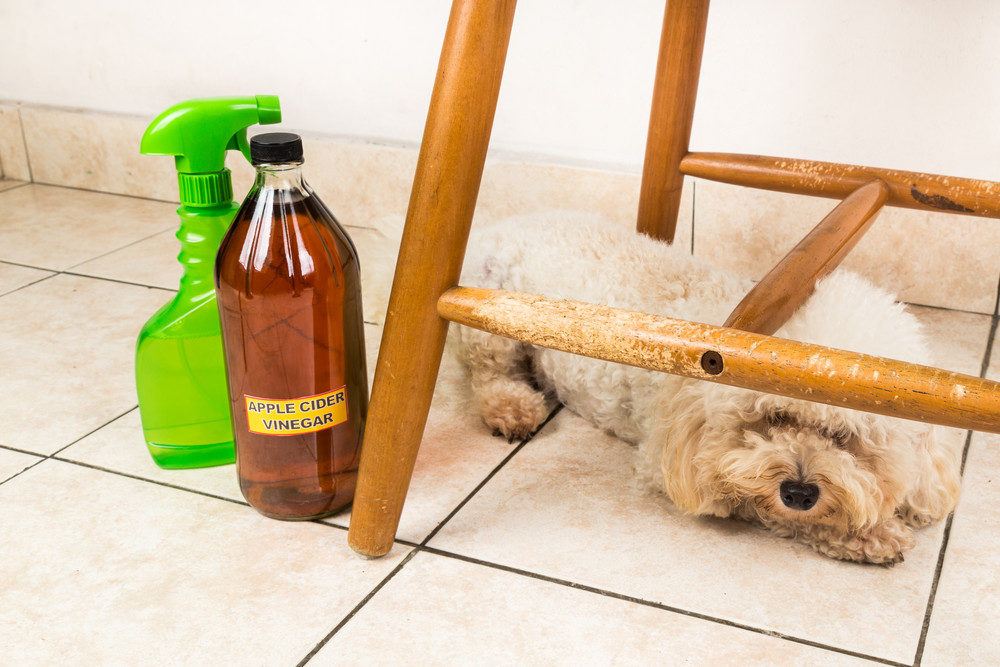
Apple cider vinegar is another natural remedy that works wonders; mix equal parts water and vinegar and pour in a spray bottle.
You can use this mixture practically anywhere you notice fleas, on your couch, dog bed, linens and even on your pets.
4. Bathing Your Pets
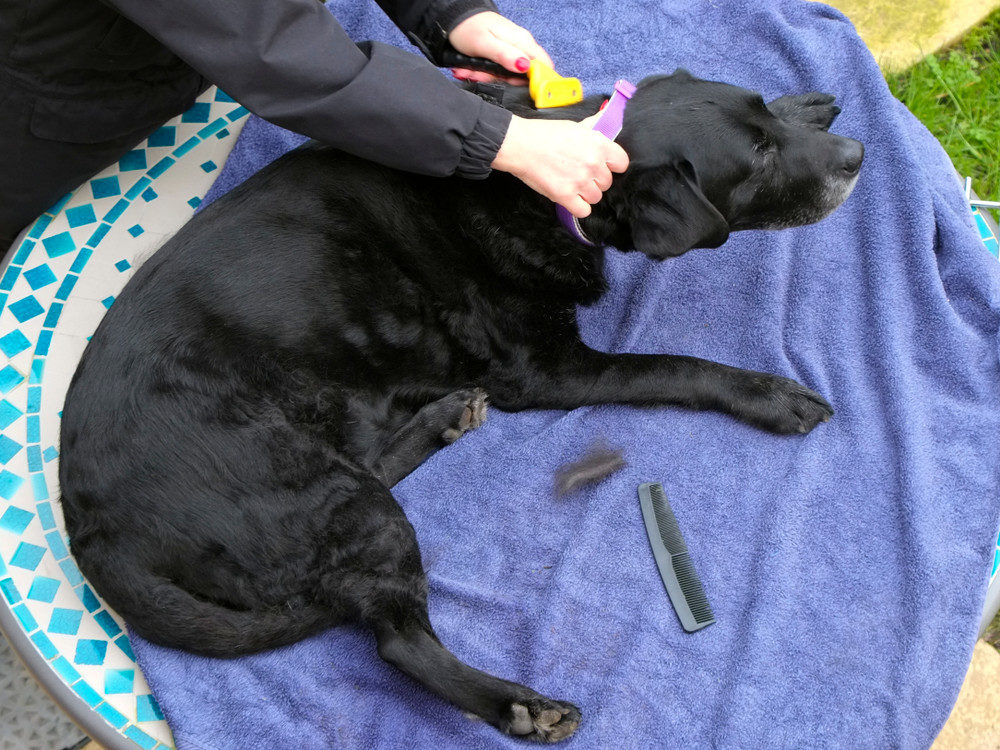
In order to remove the fleas from your pets bring them outside and first brush through their fur. This will get out some of the fleas.
Ensure that your pet is standing on a newspaper or towel so that the fleas will fall on the paper and you can get rid of them immediately.
Next, use a natural flea shampoo to scrub the animal, paying close attention to affected areas. Then spray them down with the apple cider vinegar mix.
This Wondercide Natural Flea & Tick Shampoo Bar is one of the best rated natural flea shampoos on the market.
5. Deep Cleaning The House
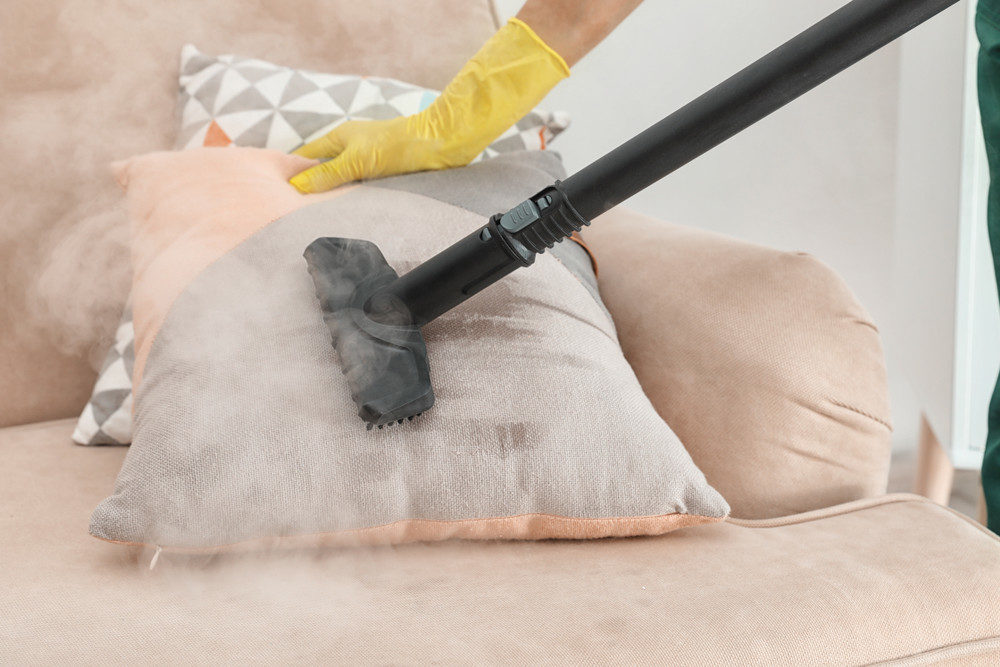
Your house will require a proper cleaning from top to bottom.
You can use a vacuum for carpets and sofas and don’t forget to remove and wash all bed linen, pillowcases, clothes and towels that are in the areas where you’ve seen the fleas.
If you have a heavy-duty steam cleaner, use it on your curtains and linen items as the heat will kill not only the fleas but their eggs as well.
6. Diatomaceous Earth
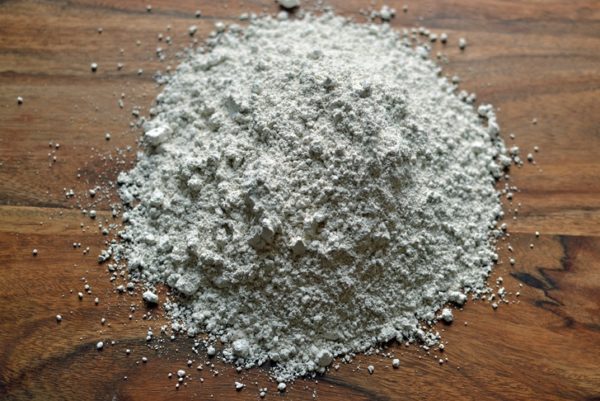
These fossilized sea animals are an extremely effective option for pest control and can be used in and around your home as well as on your pets.
They cause fleas to dehydrate and die. The best type to use is food grade Diatomaceous earth; this one is recognized as safe for animals and humans by the Food and Drug Administration.
This 100% Fresh Water Diatomaceous Earth is a good option – and you may also like to learn about all of the other brilliant ways to use this great natural product.
7. DIY Flea Powder
Mix 1 cup food grade diatomaceous earth with 10 drops of cedarwood oil along with a sprinkle of dried herbs including rosemary, yarrow, and catnip.
This makes an ideal flea remedy for dogs. If you want to use this on your cats do not add the cedarwood oil.
8. Flood The Infested Outside Area
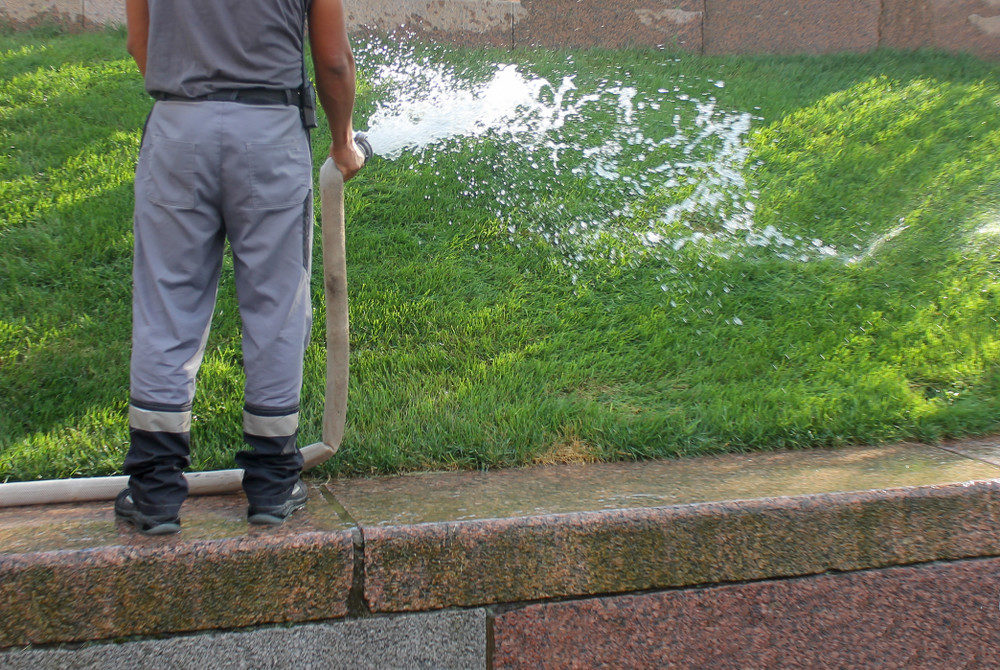
Put your hose on full power and spray the entire flea infested area with water.
You don’t just want the water to saturate the ground you want it to pool up in the area flooding them out of existence.
9. Neem Oil
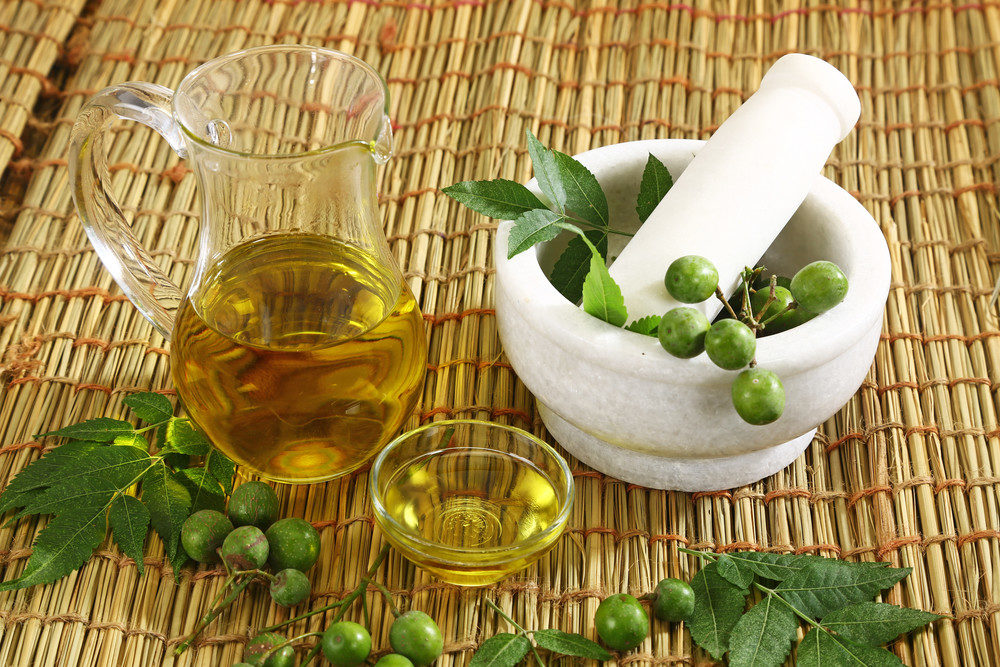
This oil can destroy over 200 different sucking insects, one being the flea.
Mix 1 tablespoon of organic, cold-pressed neem oil with 1 quart of warm water and 1/3 teaspoon detergent and put it in a spray bottle.
Spray this on your plants and other leafy or bushy areas outside where fleas have been detected.
Read Next: 15 Ways To Use Neem Oil In Your Home & Beauty Routine
10. Rosemary Flea Spray
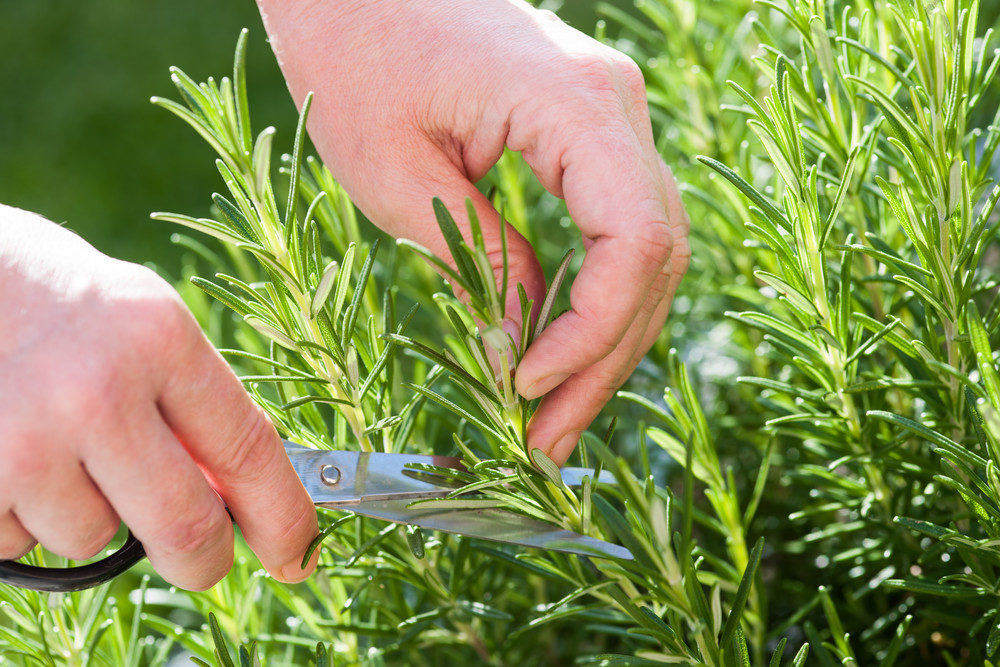
Boil two cups of fresh rosemary sprigs in water for about 30 minutes. Strain the liquid and add another gallon of water to the mixture.
Let it get warm (not cold) and pour the mixture in a spray bottle and spray it on your dog.
Additionally, if you’ve been bitten by fleas, you can put tea bags, Aloe vera gel or baking soda paste on the affected area to alleviate itching.
Another effective remedy for flea bites is a mixture of basil and lavender essential oil which also helps with itching and inflammation.
Read Next: 9 Natural Flea Remedies For Dogs That Really Work
Pin This To Save For Later
